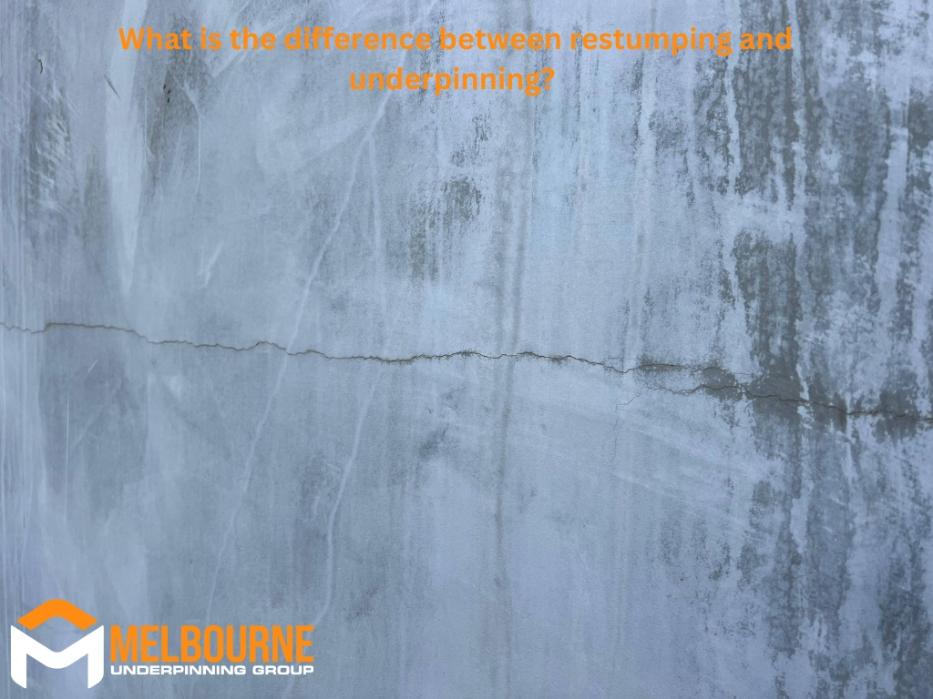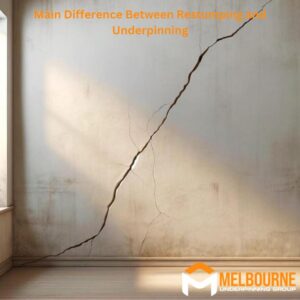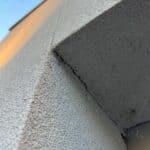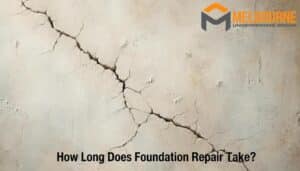
The main difference between underpinning and restumping is that underpinning is performed where the building is built on a slab or footing, whereas restumping is performed when the building is on stumps.
Restumping, commonly known as reblocking, involves replacing old, deteriorated stumps on houses built above the ground. On the other hand, underpinning is the process of reinforcing the existing foundations of a building. This technique is often used when significant renovations or additions are made to a structure.
Choosing between restumping and underpinning requires an understanding of your home’s specific needs.
In this post, we’ll talk about the differences between restumping and underpinning so you know which you need for your home.
What Are the Advantages of Restumping and Underpinning?
Restumping and underpinning each come with a set of distinct advantages aimed at improving the structural integrity and safety of a building.
3 Advantages of Restumping
The following are the benefits of restumping:
- Enhanced stability: Restumping reinforces the foundation of a building, ensuring it remains upright and secure.
- Increased property value: A house with a freshly restumped foundation can command a higher market price.
- Prevention of deterioration: By replacing old stumps, further wear and tear or damage to the house’s structure can be prevented.
3 Advantages of Underpinning
These are the benefits of underpinning:
- Strengthens foundation: Underpinning bolsters the existing foundation, making it more resilient and durable.
- Facilitates renovations: It allows for the addition of new storeys or making significant changes to the building’s structure.
- Adapts to soil changes: It ensures the building’s stability, even when there are shifts or changes in the soil structure beneath it.

When to Choose Restumping or Underpinning
Choosing between restumping and underpinning depends on your home’s foundation. Restumping is appropriate when the stumps supporting the house have deteriorated due to age or environmental conditions, common in older Australian homes elevated off the ground.
Another foundation repair solution known as resin injection underpinning is worth considering as it has advantages over both more traditional underpinning as well as restumping.
How Can I Choose the Right Foundation Repair Contractor?
Choosing the right foundation repair contractor involves evaluating their expertise, experience, reputation, and the quality of service they offer.
Check Qualifications and Certifications
Ensure that the contractor has the necessary qualifications and certifications to carry out repairs to failing building foundations. Having appropriate certifications indicates that the contractor has undergone the necessary training and adheres to industry standards and regulations, ensuring the reliability and quality of their work.
Assess Experience and Expertise
An experienced contractor who has a solid track record in foundation repairs, particularly in restumping or underpinning, is preferable. Their expertise will be invaluable in navigating the complexities and challenges that might arise during the repair process, ensuring that the job is done effectively and efficiently.
Read Reviews and Get Referrals
Look for online reviews or ask the contractor for references from previous clients. Reviews and referrals provide insight into the contractor’s reliability, professionalism, and the quality of work, helping you to make an informed decision based on previous customers’ experiences.






